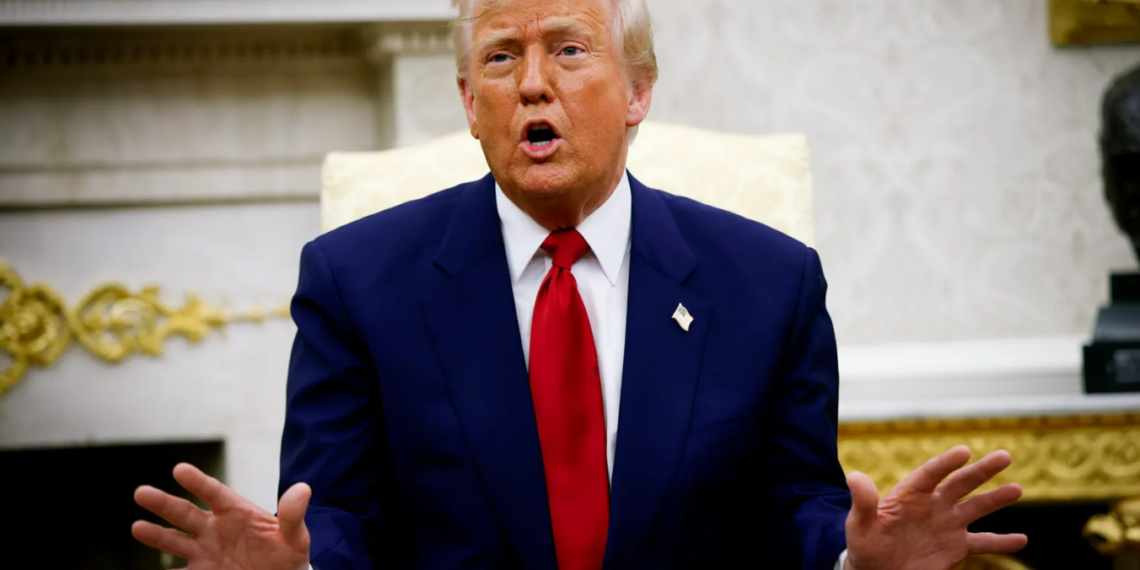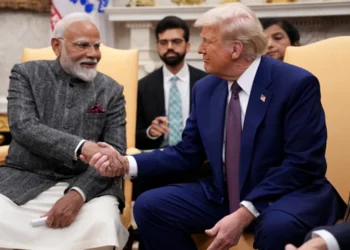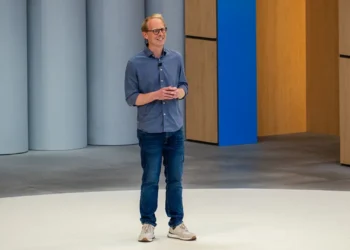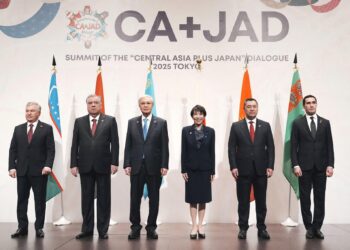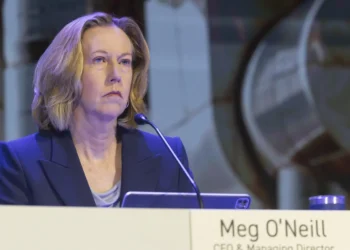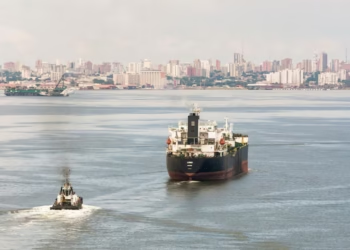WASHINGTON (Realist English). U.S. President Donald Trump announced a surprise 90-day pause on sweeping new tariffs Wednesday, replacing his controversial “reciprocal” measures with a universal 10% rate. The decision sparked a historic market rally, even as doubts linger about the long-term direction of U.S. trade policy.
Treasury Secretary Scott Bessent said the shift was part of Trump’s plan “all along.” In a post on Truth Social hours before the announcement, Trump hinted at the move, urging followers to “BE COOL!” and calling it a “GREAT TIME TO BUY!!!”
Markets responded with euphoria. The S&P 500 jumped 9.52%, the Dow Jones rose 7.87%, and the Nasdaq spiked 12.16%, marking its second-biggest one-day gain in history. Trading volume hit an all-time record, with 30 billion shares exchanged on Wall Street.
Still, analysts warn the rally may prove short-lived. Some compare it to so-called “dead-cat bounces” seen during the dot-com bust and the 2008 crisis. The tariff reduction is temporary, and negotiations with global partners — including the EU and China — remain unresolved.
In fact, Trump raised tariffs on Chinese imports to 125% after Beijing responded by hiking duties on U.S. goods to 84%, effective April 10. Meanwhile, the European Union approved a separate round of retaliatory measures against earlier U.S. tariffs on steel and aluminum, with implementation set for mid-April.
Amid the volatility, Goldman Sachs reversed course on its U.S. recession forecast — raising the odds, then cutting them, within hours of Trump’s announcement. Chief economist Jan Hatzius said trade policy remains a key wildcard for the economy.
American manufacturers, already adjusting supply chains to reduce dependence on China, now face fresh uncertainty. Steve Greenspon, CEO of Honey-Can-Do International, said the shifting tariff landscape is “crushing” for U.S.-based businesses trying to adapt: “It’s incredibly hurtful that our own government is doing this to us.”
Trump’s tariff pivot may boost markets in the short run, but the underlying uncertainty remains. With the 90-day window ticking, global trade partners — and investors — are left wondering whether this is a true policy shift or simply a tactical pause before another escalation.


